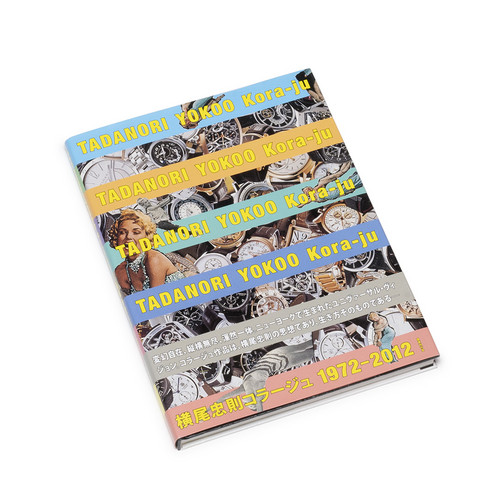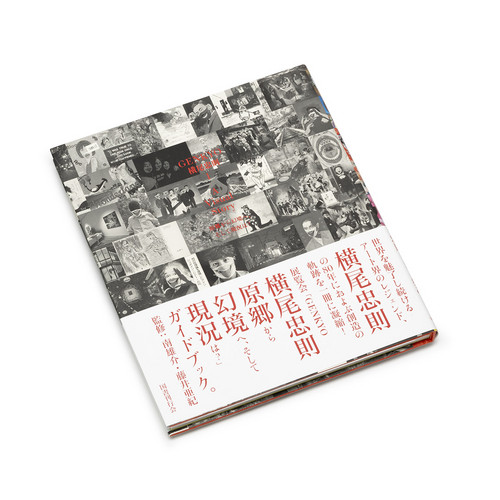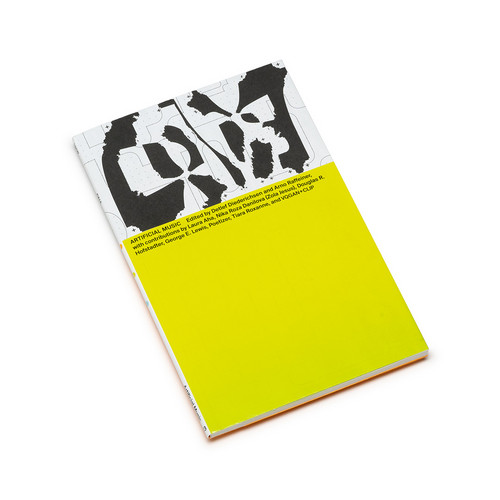Un Pranzo Favoloso / A Fabulous Lunch
“Un Pranzo Favoloso" has been recorded live on 26th May 2005 at Auditorium Concordia in Pordenone (Italy) during the "Schermo Sonoro - Cinemazero" festival. In this incredible concert Lee Ranaldo, Alan Licht, Tim Barnes and Ulrich Krieger played on Stan Brakhage experimental movies; the band explores the concept of soundtrack and creates something new out of it, a "sonic continuum" between music and the movies, in which Stan Brackage's images become sounds. The result is amazing. "Synchronicity…
Distant Water Exotic Landscape - Post Installation Studies
*50 copies limited edition* “Distant Water Exotic Landscape” is a generative audio and visual installation that explores the micro and macro perceptions of environmental cycle system through the transformational and transmittable materiality of water. It invites audience to (re-)consider the interdependencies among human, water and technology, as well as the liminal boundaries between natural and artificial environments. The installation creates an imaginary landscape on coloured paper, where th…
Background Sound In Textile Pavillion Of Expo '70. Obscure Tape
Joji Yuasa composed for some pavilions in EXPO '70. Especially at Textile Pavilion - in Japanese, Sen-i kan, "Space Projection 'AKO' " used multi-image projection and his concrete sound was well-known. This CD includes complete version of this work and orchestra part as the material. Also background sound of corridors and monologue of tall gentleman doll 'A Man of Rene Magritte' - this is a part of Yuasa's concrete work "Voices Coming" - are included. With 40pp booklet written by electronic mus…
Vrioon (re- master) (2LP)
Pioneers in their own musical approaches, Alva Noto and Ryuichi Sakamoto, began their exploration of sound in the evocatively titled V.I.R.U.S series in 2002. After more than a decade from the release of the collection's final installment with "Summvs" in 2011, NOTON reissues all the five albums between June and October 2022.With its impressionistic atmosphere, in this collaborative project two generations met and shared the idea of electronic music as an inspiration source for new musical struc…
Rainforest IV
** Six panel wallet with one CD. Binaural audio best heard with headphones ** Few artists within the canons of 20th Century avant-garde and experimental music can be regarded as important or influential as the pianist and composer David Tudor. His name rings out across the years. Yet, despite Tudor’s place in history, his legacy largely remains under the shadow of the artists that he worked with, most notably John Cage, while the majority of his own output as a composer - a handful of releases p…
Musik 1982-90
300 copies limited edition 76 minutes collection of recordings made at the Friedrichshof commune between 1982 and 1990. Performed by Otto Muehl and members of the commune. Includes actionist group-music, improvised conceptual pieces, and barpianist-songs.
Artist co-founder of the Viennese Actionism (with Hermann Nitsch, Günter Brus and Rudolf Schwarzkogler), controversial founder of the sulphurous utopian community of Friedrichshof in 1972 (which will earn him seven years in prison in the 1990s)…
Night Run: Collected Sound Works 1992 - 1995 / Voices Fill My Head
Last copies...This bundle collects two incredible Kristin Oppenheim double LP sets, namely "Night Run: Collected Sound Works 1992 - 1995" and "Voices Fill My Head".Kristin Oppenheim "Night Run: Collected Sound Works 1992 - 1995" (2LP)INFO is pleased to announce Night Run, the first collection of early sound works of Kristin Oppenheim. This 2LP release features eight pieces recorded between 1992 and 1995 in her Brooklyn studio. In each recording, Oppenheim’s voice is the sole medium, forming repe…
John Cage
** 180Gr White Vinyl. edition of 500 ** One of the better realizations of John Cage's work, this was also the first “Nova Musicha” collection release. The LP contains five John Cage’s compositions for "prepared" piano, played and performed by various artists: Juan Hidalgo, Walter Marchetti, Gianni-Emilio Simonetti and Demetrio Stratos. In these perfomances, the sound of the piano was altered by placing objects (preparations) between or on the strings or on the hammers or dampers. Toy pianos and…
Pause for the Cause: London Rave Adverts 1991-1996, Vol. 1
Tip! *In process of stocking* "Back in the early ‘90s, whenever the pirate radio MC announced “a pause for the cause”, I usually pressed pause on my cassette recorder. That’s something I would regret years later, when ad breaks had become cherished mementos of the hardcore rave era. Luckily, back in the day I often left the tape running while I went off to do something else. So a fair number of ad breaks got captured accidentally for my later delectation. Not nearly enough, though. So in recent …
Drag Marks
In (heavy and over-sized) wooden box of 40 handnumbered copies. Includes one handnumbered insert. 10 audiotqps with interviews/statements, experimental and electronic music by William Burroughs, Henri Chopin, Terry Fox, John Giorno, Glenn Blanca, Gruppo 70, Vito Acconci, Richard Friedman, Michael McLure and many more
1. Sarenco / Ori / Marcucci. Gruppo 70Side A: - Sarenco, "Hommage To Lin Piao"- Luciano Ori, "Situazione Blanca"Side B:- Sarenco, "Kein Gott"- Lucia Marcucci, "Poesia Auditiva" (Exc…
Musical Erratum + In Conversation
*2022 stock* This 74 minute album offers four spoken word extracts by Marcel Duchamp (in the English language), including The Creative Act, a fascinating lecture delivered in Houston in 1957, as well as a lengthy interview recorded in 1959.
The remainder of the album explores Duchamp's unique musical experiments. Devised in 1913, the Musical Erratum for piano forms part of the sequence of notes and projects which led to his celebrated artwork, La Mariée mise à nu par ses célibataires, même (The …
Ceramics
Following last year's presentation of Tori Kudo's ceramics at our Brooklyn gallery space, Blank Forms publishes the exhibition's accompanying limited-edition catalog. With images captured on film by musician and photographer Lary 7, Tori Kudo: Ceramics documents the work displayed in the artist's first exhibition in the United States. Designed by Alec Mapes-Frances and available exclusively at Blank Forms, this hardcover art book features thirty color photographs of the vessels with Kudo's comme…
Op. 163 Penthesilea / Op.176 Penthesilea (2LP + 5CD Box bundle)
This bundle includes the two latest Henning Christiansen Archive releases:Henning Christiansen "Op. 163 Penthesilea"(2LP)Henning Christiansen "Op. 176 Penthesilea"(5CD Box)Henning Christiansen "Op. 163 Penthesilea"(2LP)
*Limited edition of 300 copies.* Beautiful, haunting and sombre, this 2LP presents the entire recording from Henning Christiansen’s Heinrich von Kleist tribute at Rene Block’s Rosenfest festival, Berlin, 1984. The Reality is a Ghost in My Mind (LP1) is a work that unfolds patient…
Il Terzo Reich
** * Edition of 25 copies only, each accompanied by an original artwork by Romeo Castellucci (a photo 210x29,7 cm with English newspaper clipping applied, then torn; signed by the artist) ** Xing presents the artist record Il Terzo Reich by Romeo Castellucci and Scott Gibbons, fourth release in the XONG series, accompanied by an insert that collects on a long strip of black paper an extract from the flow of words screened in the homonymous stage work.
Il Terzo Reich is the image and sound of an …
For Zitkála-Šá (Book)
Art Metropole is pleased to announce the availability of For Zitkála-Šá, a book of scores by artist and composer Raven Chacon.
I Seem to Live [vol.2] (Book)
* 2021 Stock. Language: English * The second volume of Jonas Mekas’s autobiography I Seem to Live. The New York Diaries, 1969–2011 continues with the meticulous description of his dense life in New York’s underground art scene. It begins with the seventies, a time when the Chelsea Hotel was a central hub of creativity and a temporary home for the filmmaker and critic. In 1970, Mekas cofounded Anthology Film Archives with Jerome Hill, P. Adams Sitney, Peter Kubelka, and Stan Brakhage. Later, he b…
Kora-Ju (Book)
Tadanori Yokoo is one of Japan's most prolific and internationally recognised graphic designers and artists, whose body of work also includes illustration, printmaking, painting and collage. The pages of this book are filled with almost 100 clipped and pasted compositions spanning 40 years of work, many of them recent and new pieces. As described by Hideo Namba in the accompanying critical essay, “Yokoo’s art is the act of freely creating a work on the basis of intuition and (human) instinct.” S…
Genkyo - A Visual Story (Book)
Tadanori Yokoo's 80-year history of creations that continue to fascinate the world is condensed into one book. Fans will recognise his playful and dazzling signature style, decade by decade: graphic works of the 1960s, techniques and themes released after his “painter declaration” in 1981, and the "Y-shaped road" series from the 2000s. This is the official catalogue of an exhibition that traces the development of Yokoo's art and episodes of his life. Born in 1936, the Japanese graphic designer, …
Genkyo - Yokoo Tadanori Ii Works (Book)
Tadanori Yokoo held his first solo exhibition of paintings in 1966 in Tokyo. His revolutionary work, which oscillates between conceptual art and pure design, rapidly gained attention in the international art world. With a signature style of colourful psychedelia and pastiche, he engages a wide spectrum of modern visual and cultural phenomena from Japan and elsewhere. The subject matter often clashes with what seems a nonsensical collage of images. ‘Genkyo’ is an exuberant, far-reaching anthology…
Artificial Music (Book)
* 2021 Stock. Language: English * From home studios to streaming platforms, artificial intelligence is defining the sound of the future. This collection of essays explores the key developments in the field of AI and music, examining the process that enables nonhuman creativity to become a resonance chamber for new synergies.
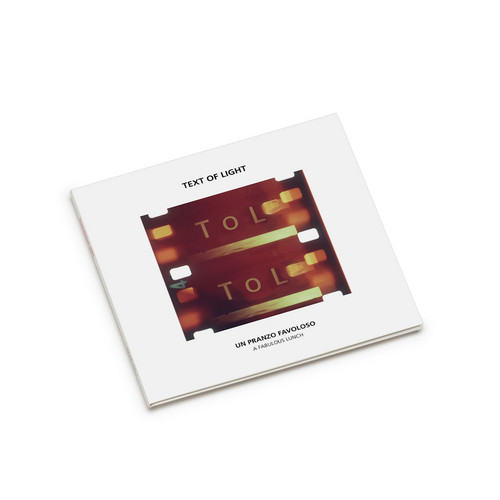


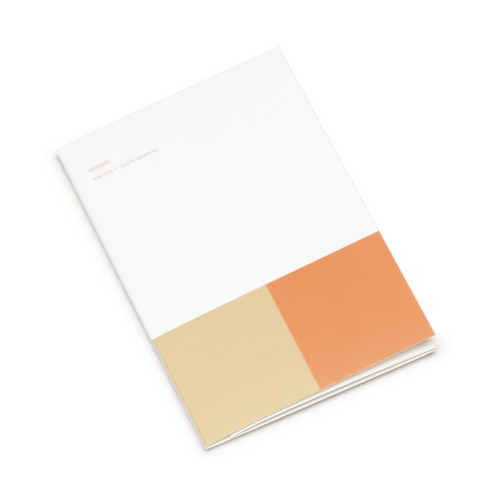
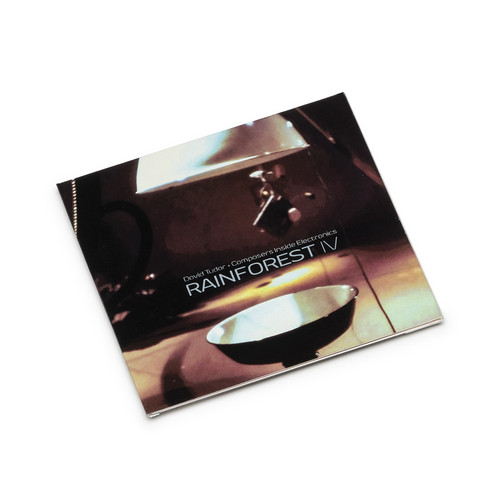
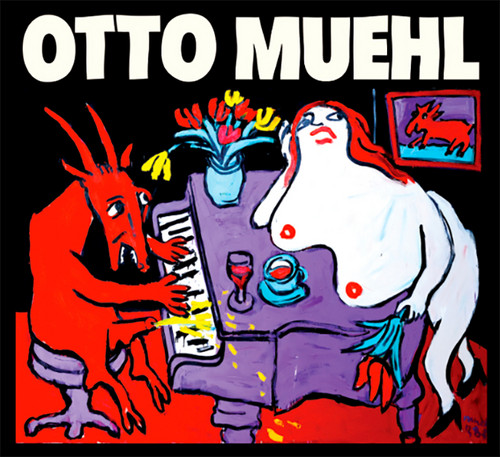
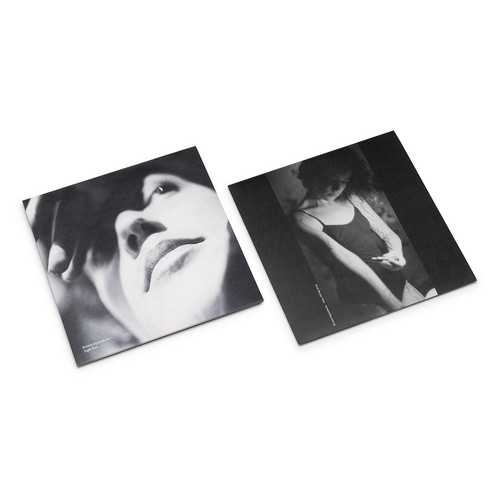

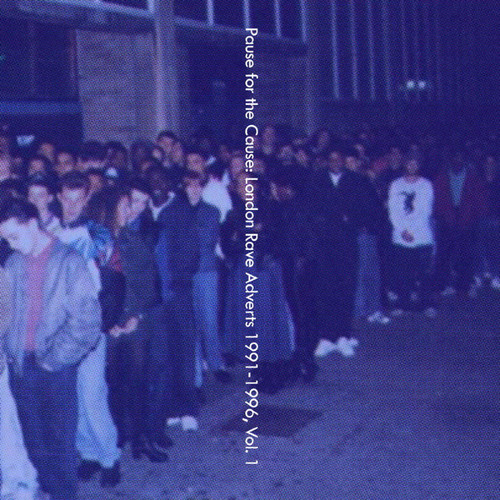

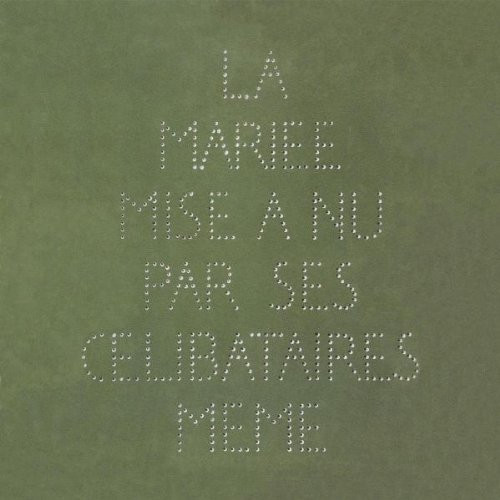

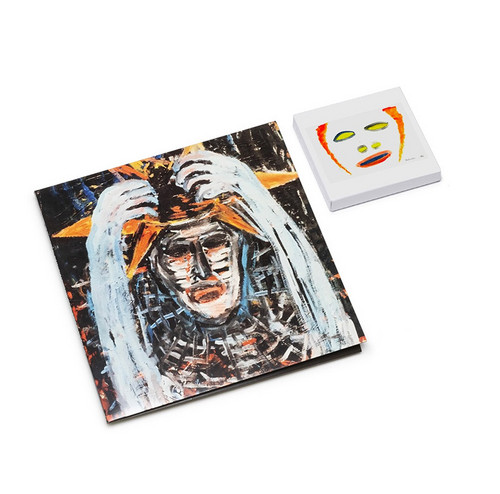


![I Seem to Live [vol.2] (Book)](https://cdn.soundohm.com/data/products/2022-07/9783959052900_0-jpg.jpg.500.jpg)
